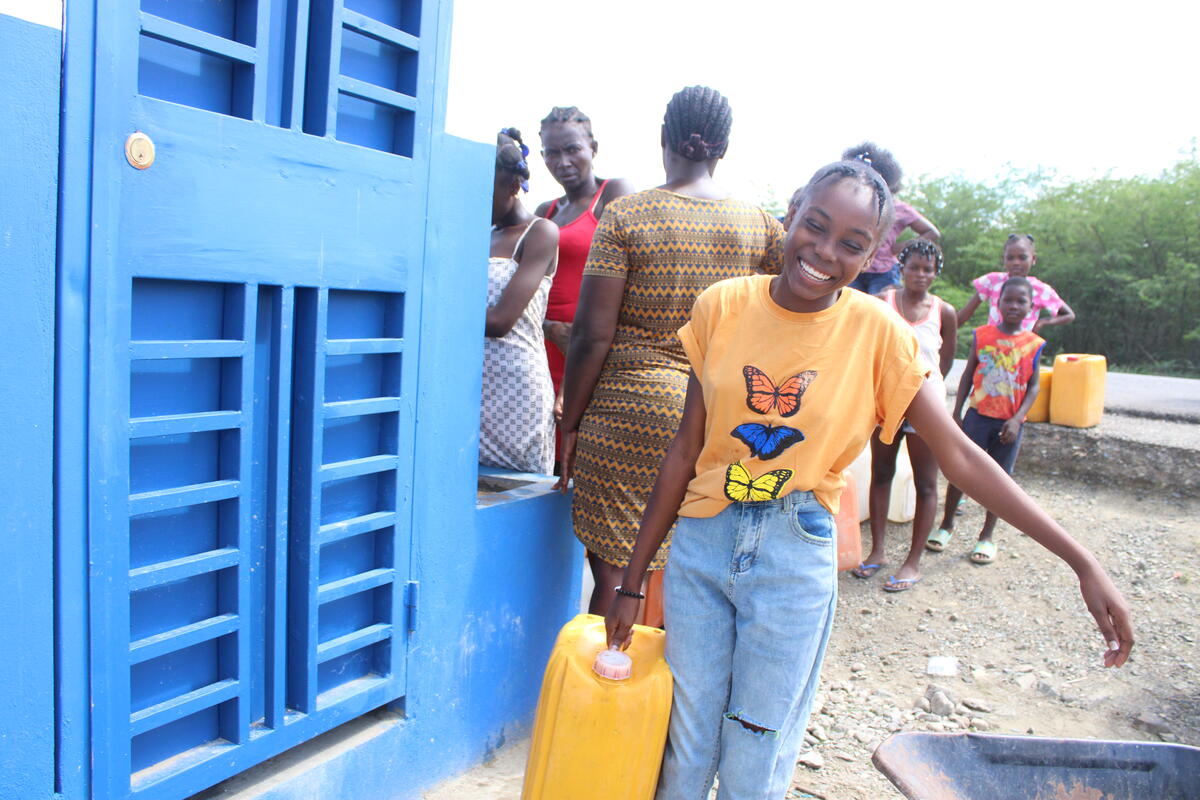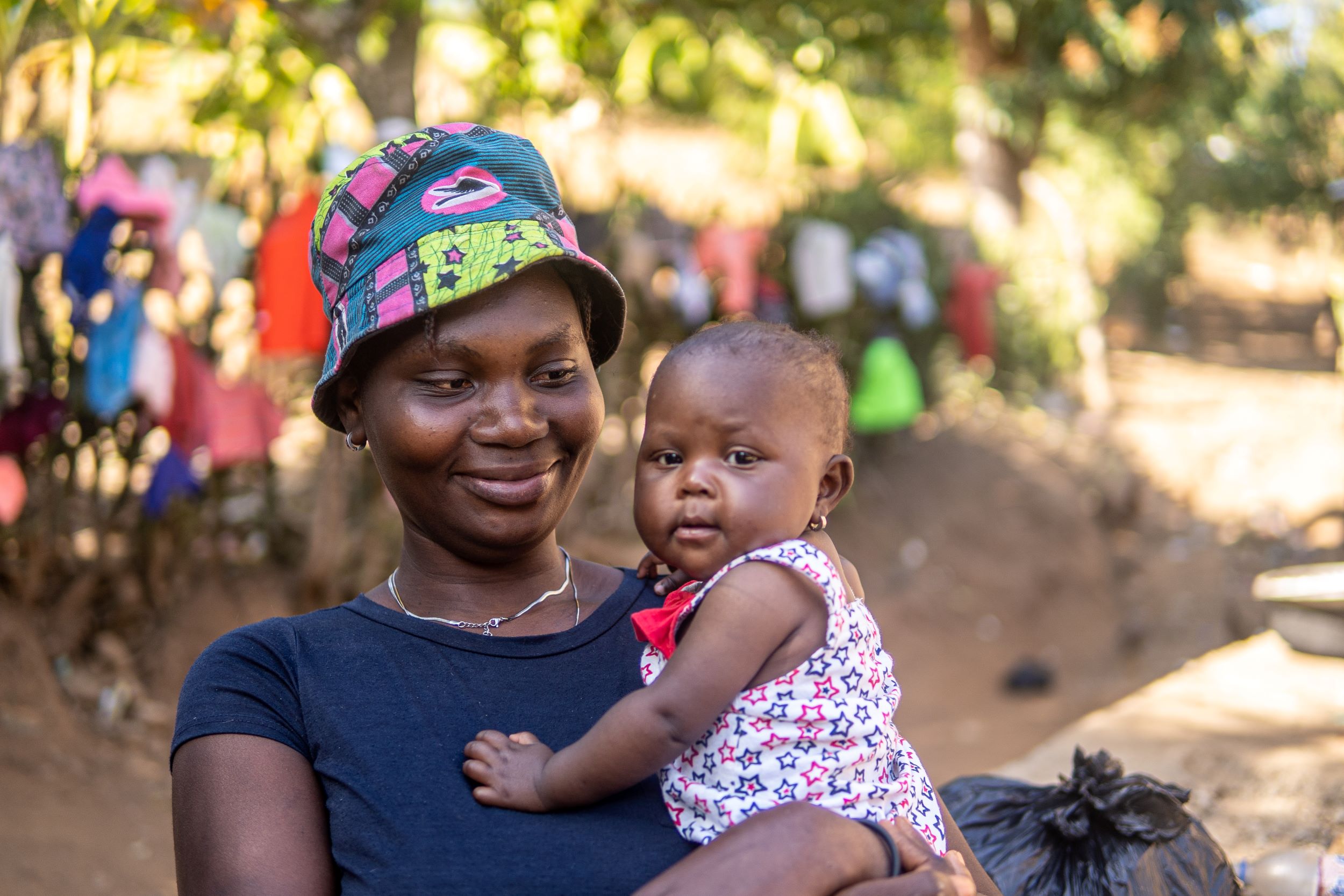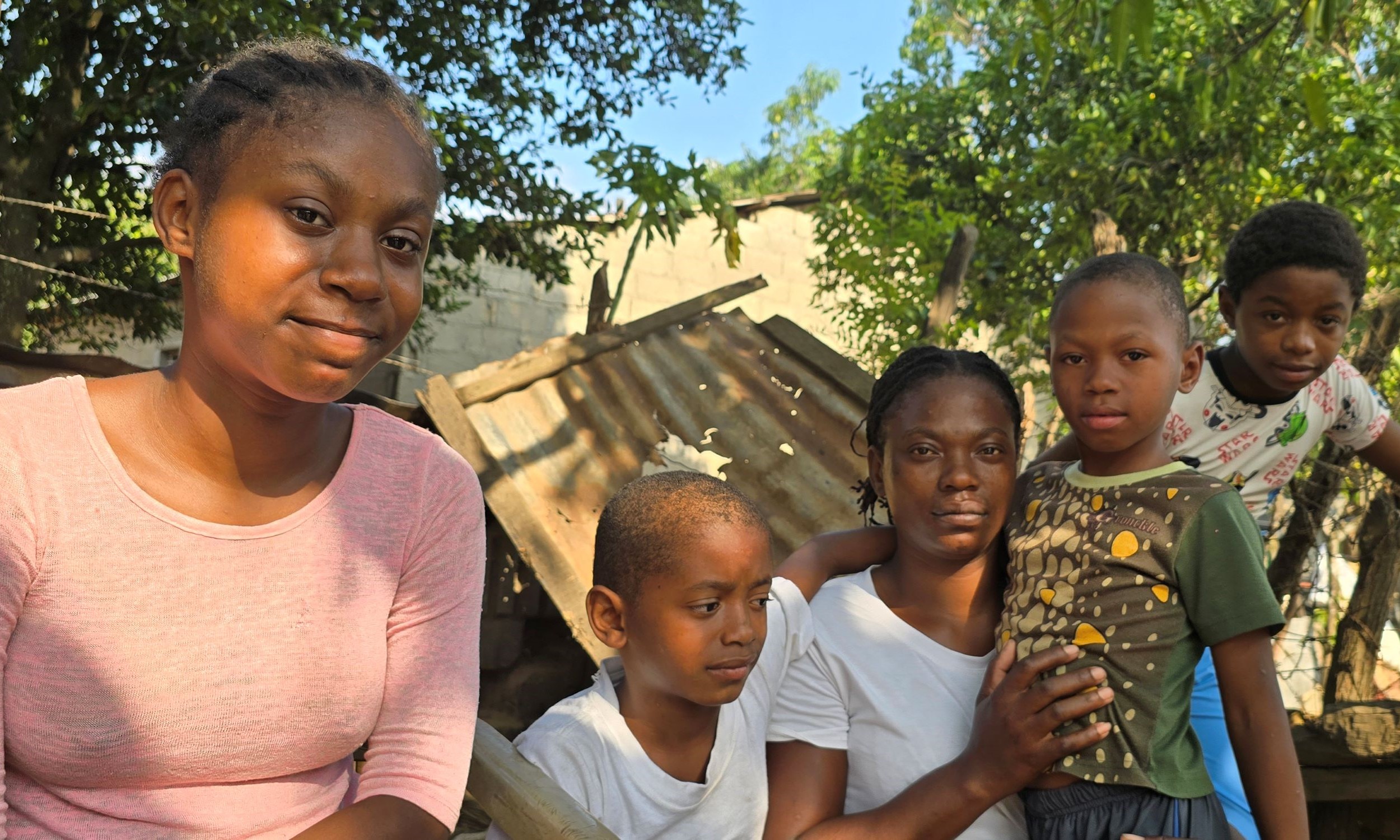What is the capital of Haiti?
Port-au-Prince is the capital city of Haiti, with a population of over 1.2 million making it the most populous city in the country. The city is located on a bay in the South-Eastern region of Haiti.
In 1770, Port-au-Prince replaced the former capital Cap-Francais, a city in northern Haiti, now known as Cap- Haïtien. Cap-Francais was founded by the French in 1670 as capital of the colony. The Haitian Revolution took place in the late 18th to early 19th century, lasting from 1791 to 1804. During this time, a series of conflicts resulted in the Haitian people winning independence from France.
Haiti is the most populous country in the Caribbean
The current population of Haiti is estimated at 11.8 million people, with 1.2 million people living in the capital city, Port-au-Prince. Haiti accounts for 26% of the total population of the Caribbean (44.8 million), followed closely by the Dominican Republic (11.3 million) and Cuba (11.2 million).
What languages are spoken in Haiti?
There are two official languages spoken in Haiti: Creole and French.
Haitian Creole is the most popular language. The language is a blend of French, Taino, and some West African languages, but Creole is rarely used in official situations.
French is the standard written language, used in official documents, the education system and the media. However, it’s estimated that only 5-10% of Haitians are fluent in the language. The small population of people who speak French in Haiti are at an advantage in the education system.
What is the weather like in Haiti?
Average temperatures in Haiti range from 25 degrees Celsius in January and February to about 30 degrees Celsius in July and August. However, temperature variations are expected across the country due to Haiti’s mountain ranges.
Haiti is at risk of natural disasters such as cyclones, floods, droughts and earthquakes, with flooding leading as the greatest threat for Haitian people.
READ MORE: Where is flooding most common?







